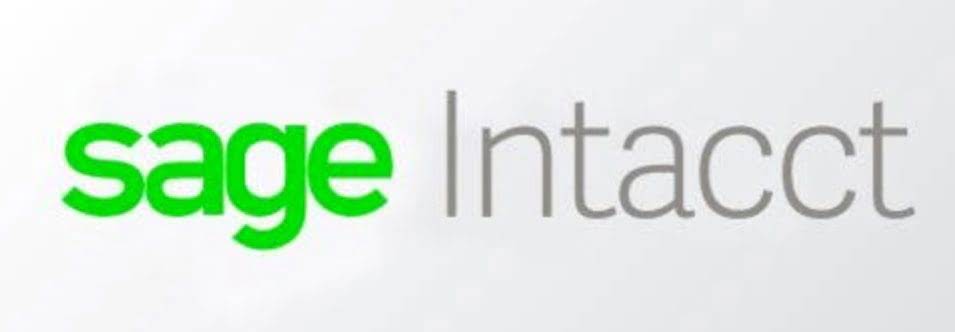
It’s more than just negotiating prices; it involves strategically choosing suppliers, managing contracts, and evaluating their performance to ensure they meet your company’s standards for quality and reliability. When you have well-maintained vendor master data in your organisation, you feel empowered to reduce errors, improve efficiency, and build stronger relationships with suppliers. Effective management of vendor master files starts with a standardized approach to data entry. Effective resource allocation is crucial for any business, and the benefits of MVP include improved allocation of resources.

AP Recovery Audits- The Essential Guide to Protecting Your Bottom Line

Similarly, access management also involves controlling a vendor’s access to your VMM. This is particularly important today, given the rapid rise of self-service vendor portals. Vendors input pertinent information into the master data vendor file with these sell-serve portals. If you don’t limit access permission, such vendors may obtain top-secret details, like your trade pacts and contracts with other vendors, and use it to their advantage. Within the industry, there is a disconnect between where many CPOs would like to be and where they are in managing vendor master data and related analytical information.

Key topics
- It is key to paying bills accurately and on time while reducing duplications and preventing fraud.
- Suppliers benefit from faster processing of payments, fewer administrative errors, and better collaboration overall, which fosters long-term loyalty and smoother operations.
- Define the types of data required, such as contact details, financial information, and service specifications.
- Effective vendor data management ensures enhanced compliance, improved procurement efficiency, and strengthened supplier relationships.
- On top of the naming conventions for vendors and primary contacts, you should set data entry regulations that dictate the technical and design parts of data entry.
Learn how SDI excelled in diverse supplier inclusion and enhanced outcomes through effective category management strategies. Purchasing in business refers to the process of obtaining products or services for resale or to be utilized in the creation of other products or services. A supplier database typically contains the below data points, (also referred to as a “Supplier Data Model”) but also generally differs significantly depending on the company and the ERP system they use. Large companies with multiple production facilities, diverse line of products, and complex manufacturing systems frequently work with several third party vendors globally for a whole plethora of requirements. It’s only when the pre-determined steps are satisfactorily completed with the correct data https://luvivpharma.al/notes-payable-vs-accounts-payable-key-differences/ that we have a customer. The supplier data model in any organization must continually evolve as new systems and new use cases are introduced.
Effective Vendor Relationship Practices:
- The naming conventions should guide your staff on the best practices of punctuating, spelling, capitalizing and shortening the names of all organizations you feed into the VMM.
- All pertinent information regarding the supplier, its products and services are included within this data, which is also referred to as supplier master data.
- With a Master Vendor Program, your business can work with your Master Vendor to develop customized strategies and solutions that align with your business objectives.
- Regular data validation ensures the accuracy of this information, enabling better negotiation of terms and optimization of procurement costs.
- The main issue with these is that Vendor Data gets duplicated, error-prone and inconsistent over time, especially with poor data governance systems in-place.
- On many occasions, you’ll need to list down individual names of specific personnel working with or for your vendors.
Supplier Data Management empowers enterprises by offering the opportunity to determine and monitor critical supplier metrics, such as delivery times and quality levels, which can result in enhanced supplier performance. Organizations that invest in SMDM also benefit from increased accuracy in their data. This master vendor management is essential as errors in the data could impact other areas of the business and mean that time and resources need to be invested in overcoming issues as they occur. In the uncertain world of modern business, businesses are constantly seeking innovative solutions to streamline their operations and enhance efficiency.

#5 Identifying And Mitigating Risks Associated With Vendor Data
A well-maintained and governed supplier master ensures that vendor relationships are transparent, standardized, and optimized for performance across every touchpoint. For example, they can verify that an invoice aligns with the agreed terms and payment schedule so that no overpayments or duplicate payments occur. For instance, they refer to it to identify the correct contact person for urgent delivery negotiations.
- Just like the bread roll, they’re all the same thing—just different names used by different businesses, industries or systems.
- At the core of effective vendor management lies something that often flies under the radar – the vendor master file (VMF).
- With 100% success in transitioning resources, our goal is to give you a seamless and easy experience.
- This ensures that issues are identified and resolved quickly, minimizing disruptions to your operations.
- As the name suggests, this general information about your vendors is accessible to everyone in your company.
- This means that whatever procedures and protocols you have set up for your ERP system, Fidesic will follow.
What is a vendor master file?
The third vendor master data management best practice is consistently training your staff and vendors to get optimal use value from your VMM. Constant upskilling is necessary, especially after a VMM feature update or an extensive vendor Outsource Invoicing data cleanup. Training keeps all users proficient with VMM, thereby eliminating or limiting errors of commission or omission. VMM is essential to your company’s operations, especially if multiple vendors supply goods and services to your company. Without a reliable, comprehensive VMM, you would have countless siloed data sets, making vendor data management even more complex and time-intensive. You would also be dealing with other redundancies, such as duplicate, incomplete and overlapping data.
